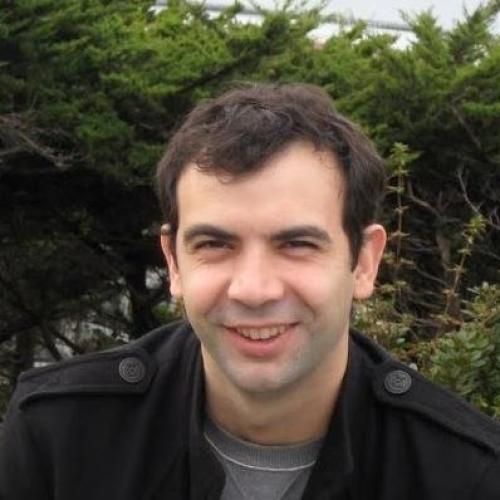Waves in Embryonic Development.
Embryonic development hinges on effective coordination of molecular events across space and time. Waves have recently emerged as constituting an ubiquitous mechanism that ensures rapid spreading of regulatory signals across embryos, as well as reliable control of their patterning, namely, for the emergence of body plan structures. In this article, we review a selection of recent quantitative work on signaling waves and present an overview of the theory of waves. Our aim is to provide a succinct yet comprehensive guiding reference for the theoretical frameworks by which signaling waves can arise in embryos. We start, then, from reaction-diffusion systems, both static and time dependent; move to excitable dynamics; and conclude with systems of coupled oscillators. We link these theoretical models to molecular mechanisms recently elucidated for the control of mitotic waves in early embryos, patterning of the vertebrate body axis, micropattern cultures, and bone regeneration. Our goal is to inspire experimental work that will advance theory in development and connect its predictions to quantitative biological observations.
Duke Scholars
Altmetric Attention Stats
Dimensions Citation Stats
Published In
DOI
EISSN
Publication Date
Volume
Start / End Page
Location
Related Subject Headings
- Signal Transduction
- Embryonic Development
- Diffusion
- Body Patterning
- Biophysics
- 3404 Medicinal and biomolecular chemistry
- 3101 Biochemistry and cell biology
- 0904 Chemical Engineering
- 0601 Biochemistry and Cell Biology
- 0304 Medicinal and Biomolecular Chemistry
Citation
Published In
DOI
EISSN
Publication Date
Volume
Start / End Page
Location
Related Subject Headings
- Signal Transduction
- Embryonic Development
- Diffusion
- Body Patterning
- Biophysics
- 3404 Medicinal and biomolecular chemistry
- 3101 Biochemistry and cell biology
- 0904 Chemical Engineering
- 0601 Biochemistry and Cell Biology
- 0304 Medicinal and Biomolecular Chemistry

